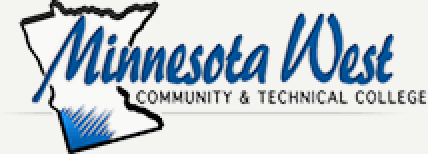OTAC 1200 Movement of Occupations
OTAC 1200: Movement of Occupations
Description
Movement of Occupations describes muscle function, muscle strength, muscle endurance, functions of joints and bones, innervations, and the purposeful movement needed to allow people to complete their everyday occupations. Students examine types of muscle contractions and joint movements during occupation-based activities through active learning and analysis. Treatment ideas for various health conditions that affect the neuromusculoskeletal system are explored.
Credits
3
Prerequisite
OTAC 1110, BIOL 2201 and BIOL 2202
Corequisite
None
Topics to be Covered
1. Joint, muscle, and bone functions and movement
2. Kinesiology and neurology conditions related to occupation
3. Physical agent modalities
Learning Outcomes
B.1.1. Human Body, Development, and Behavior (Mastery Level)
Demonstrate knowledge of the structure and function of the human body, including the biological and physical sciences, neurosciences, kinesiology, and biomechanics; human development throughout the lifespan (infants, children, adolescents, adults, and older adults); concepts of human behavior.
B.2.4. Communicate the Distinct Nature of Occupation (Mastery Level)
Explain to the community of interest (ex. consumers, potential employers, colleagues, third-party payers, regulatory boards, policymakers, and the public) the distinct nature of occupation and the evidence that occupation supports performance, participation, health, wellness, and well-being.
(Introduction to ACOTE Standard B.3.12. Functional Mobility)
Provide training in techniques to enhance functional mobility, including physical transfers, wheelchair management, and mobility devices.
B.3.14. Superficial Thermal, Deep Thermal, and Electrotherapeutic Agents and Mechanical Devices (Mastery Level)
Define the safe and effective application of superficial thermal agents, deep thermal agents, electrotherapeutic agents, and mechanical devices as a preparatory measure to improve occupational performance. This must include indications, contraindications, and precautions.
(Introduction to ACOTE Standard B.3.16. Orthoses and Prosthetic Devices)
Explain the need for orthotics, and design, fabricate, apply, fit, and train in orthoses and devices used to enhance occupational performance and participation. Train in the safe and effective use of prosthetic devices used to enhance occupational performance.
Credit Details
Lecture: 1
Lab: 2
OJT: 0
MnTC Goal Area(s): None
